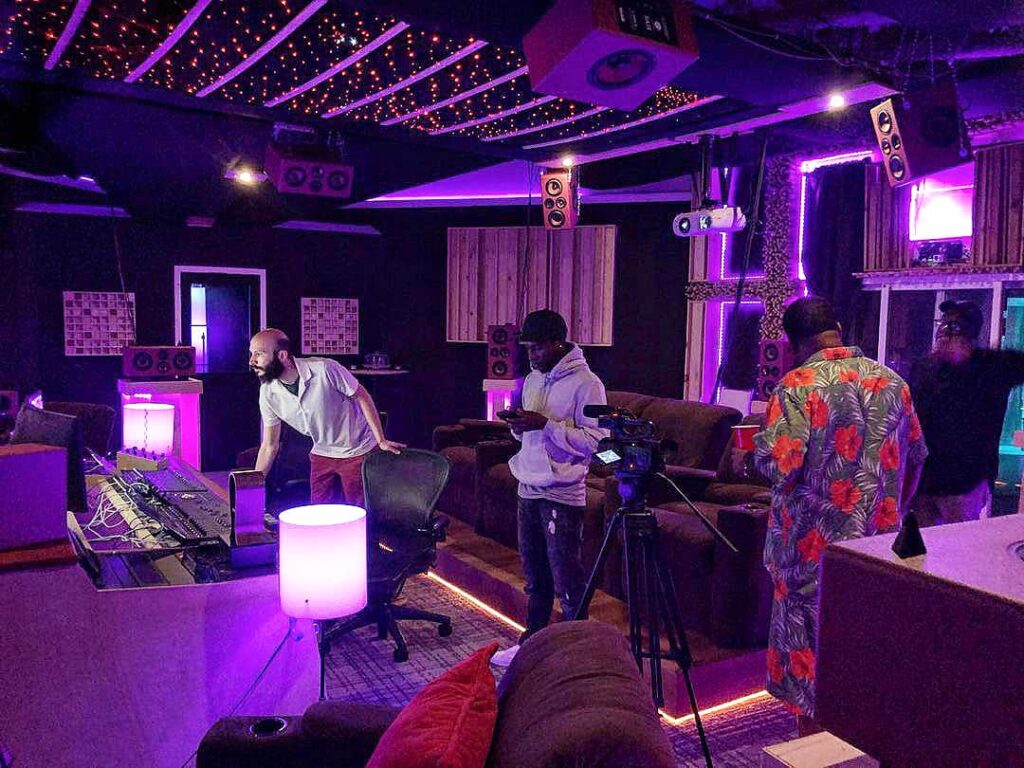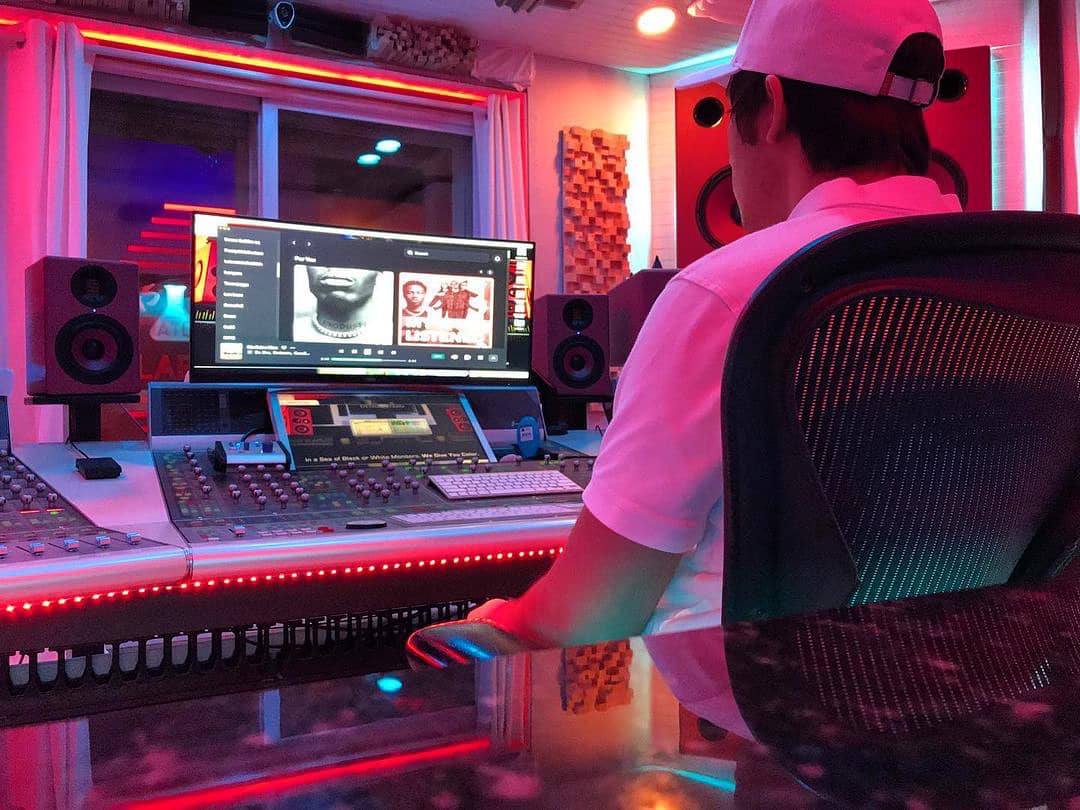Music connects the world beyond languages and means. It flows through you like magic. But what people mostly ignore is that being a musician is not only about playing an instrument and making new tunes.
But that’s the most popular belief, right? Yes, but the reality is entirely different. Being a technician engineer or producer in the studio gives you not just music but magic to live with. Recording studios hold on to something that a lone musician can never have. And that’s why musicians, with all the technologies in their hands, go after a traditional recording studio. Of course, these studios are enhanced with modern technologies as well.
In this article, we will try to explain to you exactly what we feel while working as a team in our studio. So be ready for a roller coaster ride of music & industry.
(Also Read More – How to Start A Record Label and Recording Studio?)
How Did It All Get Started?
The earliest recording studios date back to the 19th century, probably near about the 1880s with the help of the inventions of Graham Bell & Thomas Edison. They used the idea of moving tin foil under a needle concerning a device that seemed like a balloon.
When he spoke to the balloon device, the needle used to vibrate and mark the tin foil. The first-ever record was sold in 1887 in a cylindrical shape. Studios were then simple silent rooms disconnected from outside noises.
In 1930, the first ever electronic recording device was introduced. However, it still used Acetate discs to store the recording data.
Soon, the big live halls and churches became the first choice for recording studios. The sound-to-sound recording and reel-to-reel tape became trendy soon afterwards.
The 20th century blessed the music industry with digital technology including magnetic tape recording, multitrack recording, and digital audio. Now recording studios had more flexibility, better digital equipment, and specialised rooms for recording, mixing, and mastering.
Never forget the DAWs that replaced the Analog tape recording machines.
( Rhythm and Blues Recording Services- Challenges and Future )
The Interior World of Recording Studio:
If you haven’t seen a recording studio from inside, you should at least do it once. The layout, design, rooms, and elements are designed to improve music and enhance artistic waves.

Layout & Design:
Modern recording studios include several rooms including the Main Recording Room, Control Room, Isolation Booth, and Rehearsal Room. The control room features computers, mixing consoles, and monitoring & audio signal manipulation equipment. The isolation booths are created for individual recording without any minute disturbance.
Equipment Essentials:
- Microphones.
- Mixing Consoles.
- Outboard Gear
- Digital Audio Workstation Software.
( Also Read More- 5 Amazing Things To Do At Soul Asylum Studios )
The Magic of Recording Studio:
What you listen to on your ear pods is not what a singer sings. Don’t get the wrong message, singers’ acoustic versions of songs are wonderful and we fall in love with them every day. But besides everything, those versions are not market-ready.
- Recording studios offer the utmost silence to record the musician’s voice.
- The ability to record multiple tracks and overdubs, recording studios offer artists to cater their best presentation.
- Studio brings everyone related to the industry to collaborate. The synergy between musicians, producers, and engineers brings the utmost creativity to the table.
- Today’s recording studios are more of a laboratory where artists explore new sounds, mixes, techniques, and genres.
Behind the Scenes- What Do We All Do?
A music recording studio features many jobs and several of them are not even known to the public. Here are some of them that we feel are extremely important. If you run a studio, don’t miss any one of them.
- Recording Engineer: Sets up microphones, operates recording equipment, and captures high-quality audio.
- Mixing Engineer: Blends many tracks together, adds effects, and balances track’s levels.
- Mastering Engineer: optimises the sound, and applies final touches to the final mix for distribution
- Producer: Gives creative direction and works closely with artists on projects.
- Studio Manager: Manages all administrative tasks like maintenance, budget, and meetings.
- Session Musicians: Use some specific instruments only.
- Audio Technician: Assists engineers with specific equipment setup, maintains studio gear, and troubleshoots.
- Studio Assistant: Offer support to studio tasks.
- Composer: Create new sound compositions or edit from existing songs.
- Sound Designer: Creates custom sound designs, samples, and audio textures for projects.
Everyday Challenges for Us:
We create music. This certainly sounds exciting but the grass is always not so green on this side as well. Recording Studios have their own challenges and we have to deal with them each day. They are-
1. Budget Constraints:
One of the most challenging parts of our job is managing the limited budget and still thriving for high-quality recordings.
Giving salaries, buying equipment, negotiating and many more such financial situations come our way.
2. Technical Hurdles:
We deal with technology all the time. Especially these times when AI and other techs are transforming the whole world’s professionalism and creativity. More than anything, we have to face malfunctions, compatibility issues, and software glitches which only kill our time.
3. Maintaining Creativity:
Balancing the technical expertise and making room for true creativity is the real challenge here. It is important to stay rooted in your skills, and creativity. They come from people, not from machines. Include too much technology and you will lose your ground as a creative person.
Future Trends in Music:
What we’re expecting as new emerging trends in the music industry. Wait for a little longer and you will see the following happening around you.
- Virtual reality videos.
- Immersive audio & video experience.
- Remote collaboration of artists & engineers.
- More flexibility in all aspects.
- Emergence of intercultural creative projects around the globe.
- Adoption of sustainable practices for the environment.
- Uses of energy-efficient equipment.
Conclusion:
Recording studios are magical homes for us. The Soul Asylum Studio gives us the freedom to express ourselves, collaborate, and work, and a fun-friendly environment for all. The songs you listen to while driving, taking a shower, and walking are enriched with the technical & creative touch of a recording studio. Without it, today’s songs will not be the ones that you experience.


Leave a Reply